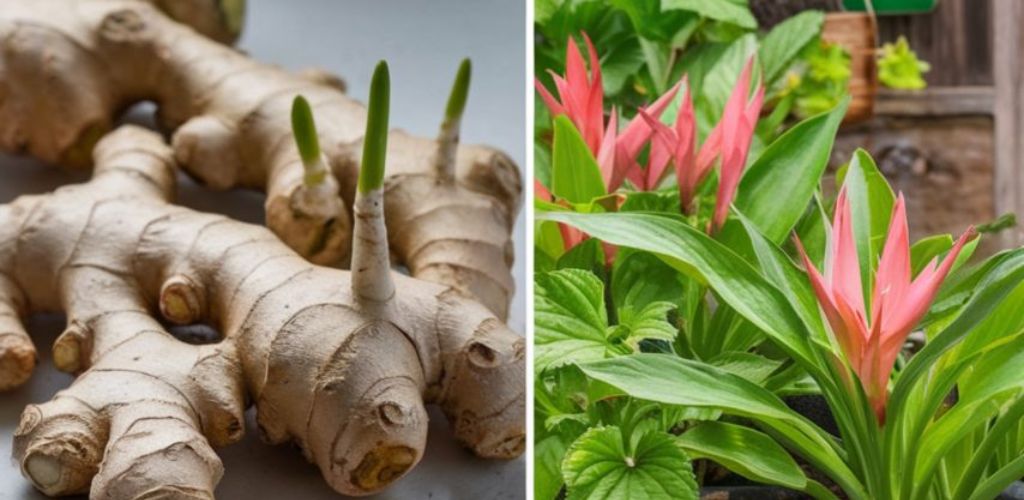05.04.2025
How to grow ginger at home: a complete guide to a successful harvest
Growing ginger at home can be a rewarding experience, providing you with fresh, flavorful ginger whenever you need it. Here’s a comprehensive guide to help you achieve a successful harvest:
1. Choosing the Right Rhizome:
- Source:
- Opt for organic ginger rhizomes from a grocery store or nursery. Organic ginger is less likely to have been treated with growth inhibitors.
- Selection:
- Look for plump, healthy rhizomes with visible “eyes” (buds). These eyes are where new shoots will sprout.
- Avoid rhizomes that are shriveled, soft, or showing signs of mold.
2. Preparing the Rhizome:
- Cutting:
- If the rhizome is large, you can cut it into smaller pieces, ensuring each piece has at least one or two healthy eyes.
- Curing:
- Allow the cut pieces to air-dry for a few hours or a couple of days. This helps to prevent rot.
3. Planting:
- Soil:
- Ginger prefers well-draining, rich soil. A mix of potting soil, compost, and perlite or vermiculite is ideal.
- Container:
- If growing in containers, choose wide, shallow pots, as ginger rhizomes spread horizontally.
- Ensure the container has adequate drainage holes.
- Planting depth:
- Plant the rhizome pieces about 2-4 inches deep, with the eyes facing upward.
- Timing:
- The best time to plant ginger is in the spring, when temperatures are warm.
4. Caring for Your Ginger:
- Watering:
- Ginger needs consistent moisture, but avoid overwatering, which can lead to root rot.
- Water when the top inch of soil feels dry.
- Sunlight:
- Ginger thrives in warm, humid conditions and partial shade.
- Avoid direct, intense sunlight, especially in hot climates.
- Temperature:
- Ginger prefers temperatures between 68°F and 86°F (20°C and 30°C).
- In cooler climates, grow ginger in containers that can be moved indoors during cold weather.
- Fertilizing:
- Feed your ginger plants with a balanced liquid fertilizer every few weeks during the growing season.
- Mulching:
- Mulching helps retain soil moisture and suppress weeds.
5. Harvesting:
- Timing:
- Ginger is typically ready for harvest after 8-10 months.
- You can harvest small pieces of ginger as needed or wait until the plant matures.
- Harvesting method:
- To harvest, carefully dig up the rhizomes.
- You can then wash and use them fresh.
Key Considerations:
- Drainage: Proper drainage is crucial to prevent root rot.
- Warmth: Ginger thrives in warm environments.
- Patience: Ginger takes time to grow, so be patient.
By following these guidelines, you can successfully grow ginger at home and enjoy a fresh, flavorful harvest.
